If VCC is able to go as low as 1.8V, then the BSS138 may not be a great choice.
Lets say IO_3.3 goes low - and is 0V.
In this case, the right transistor will see VGS of 3.3V, easily enough to switch it on, and it will pull down the middle resistor, from 5V to 0V.
IO is being pulled up to 1.8V, through the 10K resistor, so now the body diode of the left transistor starts to conduct. For the BSS138, this diode has a maximum forward voltage of 1.4V - so IO is not pulled to GND, but to the diode voltage ( worst case to 1.4V )
For the left transistor, this then sees a VGS of only (1.8-1.4) = 0.4V. Not enough to switch it on - so IO is left sitting at 1.4V, and does not reach the low voltage threshold for I2C.
If you are lucky, the body diode forward voltage will be close to it's 'typical' value of 0.8V. This will produce a VGS of (1.8-0.8) = 1V. This might be enough to turn on the transistor ( VGS(th) is specified as needing 0.8 to 1.5V ), and it might work. For that particular diode, and at that particular temperature. For a while.
Other transistors are available, with lower VGS(th) and lower diode voltages.. but finding one where VGS(th) + VSD < 1.8V is challenging.
Using a dedicated I2C level shifter, something like the PCA9306, is going to be a more reliable solution, unless you can find a transistor that satisfies those voltage requirements.
